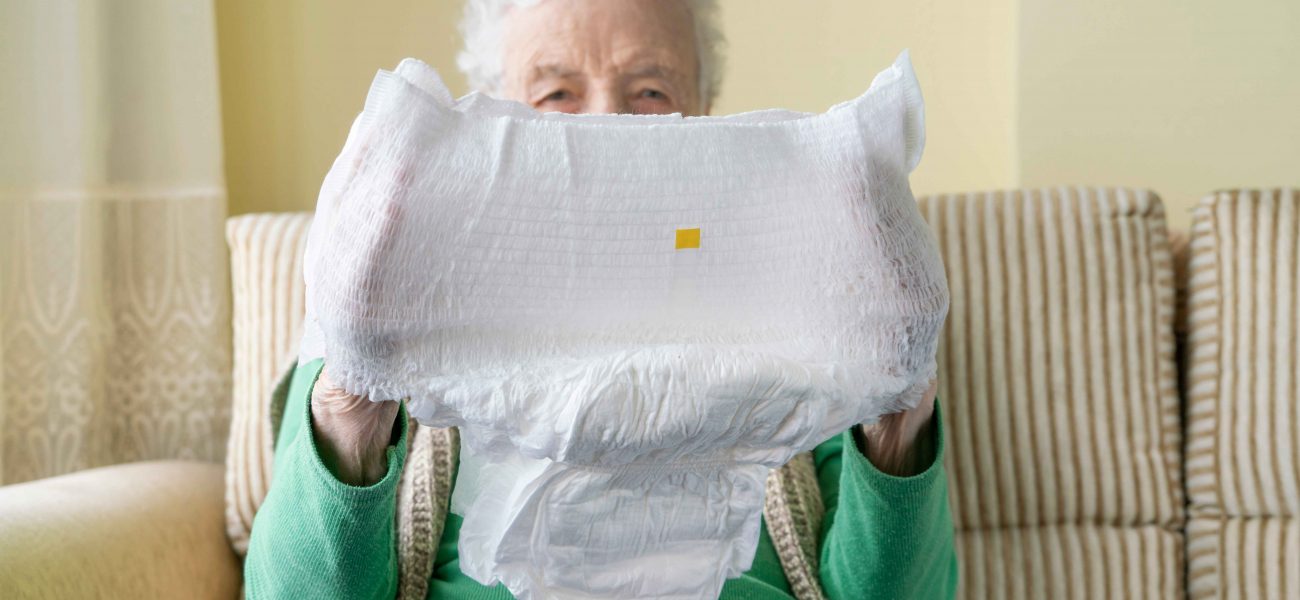Selecting the Right Diaper Size: Do Extra Large Adult Diapers Absorb More Than Other Sizes?
Adult Diapers are one of the most extensively used products by both men and women that are prone to Urinary Incontinence issues because of several health reasons. Some of the medical reasons could be mobility impairment, dementia, diarrhea, or injuries and accidents. These diapers have a powerful absorbent core that have a high retaining capacity which is an ideal choice for overnight protection and travelling.
Selecting the right diaper size is crucial for the comfort and confidence of anyone who requires them. Whether you are an adult experiencing incontinence or a caregiver for someone who does, choosing the right size and absorbency is essential. With so many different sizes and types of adult diapers available in the market, it’s easy to feel overwhelmed and unsure about what to look for when selecting the right product.
One common question that people have is, “Whether extra-large adult diapers absorb more than other sizes”?
While it’s true that extra-large diapers are designed to hold more liquid, the size of the diaper is not the only factor that determines its absorption capacity. In this blog post, we will explore the factors determining a diaper’s absorbency and provide tips on selecting the right size for your needs.
Factors that determine absorbency
The absorbency of a diaper depends on several factors, including the type of material used, the design of the diaper, and the level of incontinence.
Here are some key factors to consider when selecting a diaper based on absorbency:
1. Material:
The material used in the diaper can significantly impact its absorbency. Many diapers are made with superabsorbent polymers (SAPs), which are designed to absorb large quantities of liquid quickly. The type of SAP used, the amount of SAP in the diaper, and the overall quality of the material can all impact absorbency.
2. Design:
The diaper’s design can also affect its absorbency. A diaper with a higher surface area can absorb more liquid than one with a smaller surface area. Additionally, a well-designed diaper will have features such as leak guards and leg cuffs that help to prevent leaks.
3. Incontinence level:
The level of Urinary Incontinence also plays a significant role in determining the right diaper. A properly fitting diaper is necessary to prevent leaks and ensure maximum absorbency. For someone experiencing heavy incontinence, Extra-Absorb Pants by Lifree would be a good fit. However, for light incontinence, Comfort Standard Pants by Lifree may suffice.
Selecting the right diaper size
When selecting the right diaper size, it’s essential to consider the waist and hip measurements of the person who will be wearing the diaper.
Here are some tips on selecting the right diaper size:
1. Measure waist and hip circumference:
Use a tape measure to measure the waist and hip circumference of the person who will be wearing the diaper. Many manufacturers provide size charts that indicate the appropriate size based on these measurements.
2. Check fit:
When trying on a new diaper, ensure it fits snugly but is not too tight. The diaper should be comfortable to wear and should not cause any chafing or irritation.
3. Test absorbency:
Test the absorbency of the diaper by pouring water onto it and observe how quickly it absorbs the water. If the diaper is not absorbing liquid quickly enough, you may need to try a different size or brand.
4. Consult with a healthcare professional:
If you are unsure about which size or absorbency level to select, consult with a healthcare professional or a knowledgeable sales representative who can provide guidance based on the individual’s needs.
By following these tips, you can select the right one for you or the person you’re taking care of. And even when you couldn’t, ultimately, the best way to determine the right diaper size and absorbency capacity is to consult a healthcare professional or a knowledgeable sales representative who can provide guidance based on the individual’s needs.






















